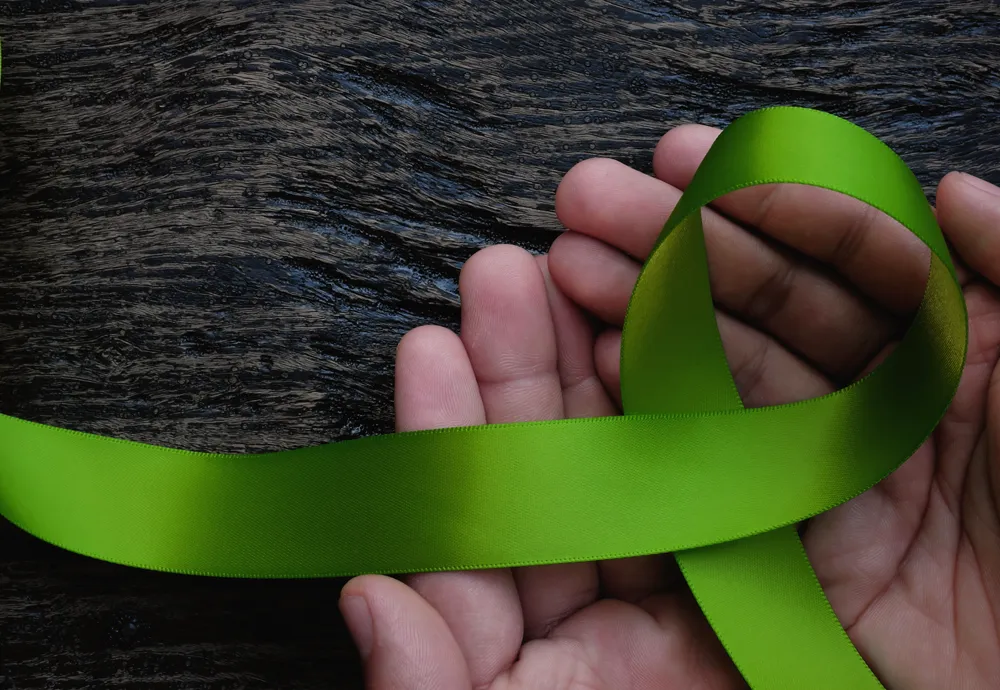Lymphomas are cancers of lymph cells (lymphocytes). B-lymphocytes play an important role in the immune system and are involved in producing antibodies against viruses and bacteria during an infection.
When B-lymphocytes become malignant, they can form slower growing tumors (low grade lymphomas) or faster growing tumors (high grade lymphomas).
Diffuse large B-cell lymphoma is one of the most common form of high grade lymphomas. Standard treatment consists of a monoclonal antibody called rituximab and four other agents (Adriamycin, vincristine, cyclophosphamide, prednisone). This combination is known as R-CHOP – and can cure up to two-thirds of patients with B-cell large cell lymphomas.
But what about patients who don’t seem to benefit from R-CHOP? We’re starting to understand important biological differences in some of these more difficult cases. In a large international study of lymphoma patients receiving R-CHOP, some of the patients responding poorly to treatment were found to have abnormal gene activity. Specifically, patients whose cancer cells expressed both MYC and BCL-2 did not do nearly as well as the rest of the study group. only 30% of these patients were still alive at 5 years.
The authors concluded that staining of lymphoma tissue for MYC and BCL2 is a useful tool to help assess prognosis of patients with B-cell large cell lymphoma and help identify patients who potentially could benefit from novel therapies.
This is a very active area of research and I am hopeful that we will have exciting breakthroughs in the future.








